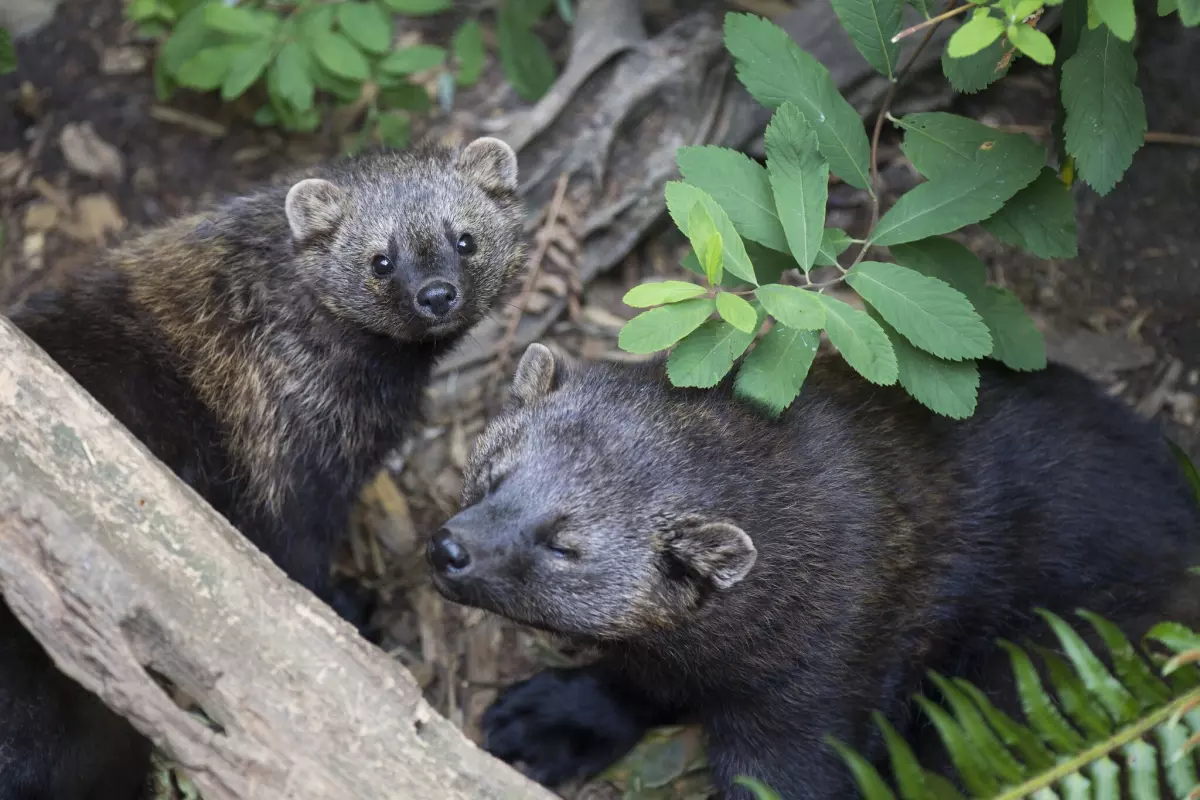This article originally appeared on our FWS website on May 19, 2022.
By Cindy Sandoval, USFWS
Since 2001, the U.S. Fish and Wildlife Service’s Wildlife and Sport Fish Restoration Program has distributed over $1 billion to states, territories, and D.C. through the State Wildlife Grant Program (SWG). These funds are used by state and U.S. territory fish and wildlife agencies to develop and implement programs that benefit wildlife and their habitats. Grant funds support a variety of conservation needs including research, species restoration, and habitat management. Explore some of the recent projects supported by SWG funds to promote conservation of species large and small:

The Kirtland’s warbler is a small, yellow-bellied songbird found in the jack pine forests of Michigan, Wisconsin, and Ontario. Threatened by habitat loss and parasitism, the species was listed under the Endangered Species Act in 1973. Decades of collaborative work were supplemented with SWG Program funding beginning in 2008. The Michigan Department of Natural Resources, along with their partners, worked to restore the warbler’s habitat and control parasitic threats. Thanks to their efforts, the species rebounded from 170 breeding pairs in the 1980s to 2,300 breeding pairs in 2019, exceeding recovery plan goals. The warbler was removed from the endangered species list in 2019. Learn more at Kirtland’s Warbler Wildlife Management Area | U.S. Fish & Wildlife Service (fws.gov)

Fishers are small mammalian predators found in four areas of the United States – New England, Great Lakes, northern Rocky Mountains, and the Pacific Northwest. Habitat loss and historic over-trapping contributed to the species’ decline in Washington, and the fisher was listed there as a state endangered species in 1998. To restore populations of this reclusive forest mammal, the Washington Department of Fish and Wildlife (WDFW) reintroduced 260 fishers from 2008 to 2020 in three recovery areas – the Olympic, South Cascade and North Cascade mountains. Supported by SWG Program funds, which complemented funding from the National Park Service and other partners, fisher release goals were met in all three recovery areas. Expanding these conservation efforts was the development of a Candidate Conservation Agreement with Assurances (CCAA). The CCAA was a voluntary agreement among non-federal forest landowners, WDFW, and the Service to ensure timberlands could continue to be worked and managed in support of the fisher recovery plan. More than 60 landowners enrolled their lands and protected over 3.3 million acres of forest habitats. Learn more at: Candidate Conservation Agreements with Assurances | U.S. Fish & Wildlife Service (fws.gov)

The spiny softshell turtle is known for its flat rubbery shell and its very pointed snout. The Vermont population can survive winter beneath the icy waters of Lake Champlain and is the only known population of spiny softshell turtles in New England. Due to threats from shoreline development and mammalian predators the species is currently listed as threatened in Vermont. Only nine Vermont nests were successful in 2004. With support from SWG, the Vermont Fish and Wildlife Department is working with partners to manage the turtle’s remaining nesting sites and raising hatchlings in captivity until they are more likely to survive in the wild. These proactive conservation efforts helped raise the number of successful nests to 97 in 2018 and may prevent the need for federal listing under the Endangered Species Act in the future.

Bumble bees in the Midwest are getting a boost from a SWG supported partnership with state natural resource agencies in Minnesota, Iowa, Missouri, and Nebraska. Ecosystems in the Midwest are threatened by the loss of pollinating bees, with several species already federally listed or under review for potential listing. SWG is supporting the engagement of community scientists to conserve bumble bees. Project partners will develop a Midwest Bumble Bee Atlas to compile status and habitat information essential to regional bumble bee conservation and recovery.

The Alaska Department of Fish and Game (ADF&G) is partnering on research and conservation for Cook Inlet beluga whales. The federally endangered Cook Inlet beluga whale is an Alaska species of Greatest Conservation Need. With funding provided through SWG, ADF&G will partner with the University of Alaska-Fairbanks and NOAA Fisheries to conduct essential research, coordinate with Tribes, industry representatives, and other stakeholders to establish mitigation measures, and modify permit review procedures to minimize and mitigate future impacts on belugas and their habitat.

